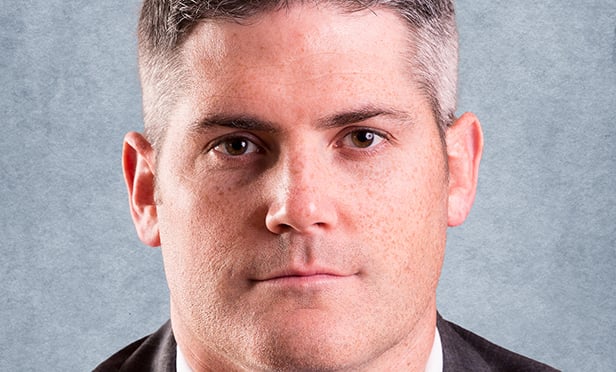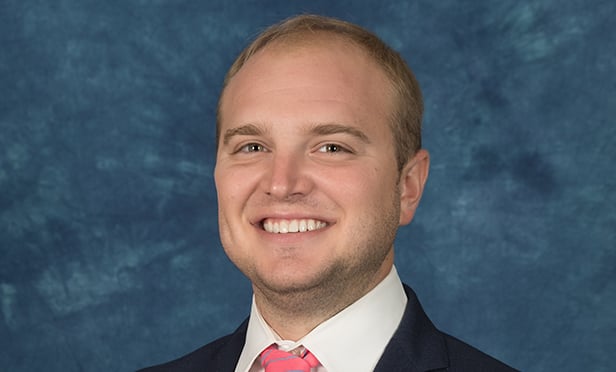(Joe Brancato, Gensler, and Tracy Wymer, Knoll, join SIOR 2015 president Angela West to share how the collaboration between the three organizations is advancing the direction of office.)
NEW YORK CITY—As reported here in recent months, watershed changes in the office environment have taken over the look of corporate spaces. Designers, furniture providers, HR people, department heads and workers themselves have had to accept a clear shift in the definition of “office,” the so-called “Google-ization” of the workplace, wherein, if you don't have a Foosball table or power-nap pods, then your office is a thing of the past.
GlobeSt.com Thought Leader the Society of Industrial and Office Realtors (SIOR) held its Tri-State Conference here recently, and the workplace was very much in evidence, as Joseph Brancato, AIA, regional managing principal of Gensler; Philip Grossberg, director of workplace Services for Unilever; Tommy Craig, senior managing director of Hines; and Tracy Wymer, VP of workplace strategy for Knoll, gathered to discuss the issue.
Two major trends emerged from their panel discussion: How the concept of “Green” has morphed beyond the air-quality numbers to embrace “the human aspect,” as Wymer pointed out. Plus, with all the talk about Millennials and their impact on the office, the collaborative space and the social space they all require, that people actually do still need “focus” time, or as Brancato called it, “heads-down” time.
The human aspect of sustainability was key to the discussion, but how to accomplish that in smaller spaces was a major part of the panel discussion. It is possible, Craig lobbied, and indicated that something as basic as providing three walls with natural light could provide the needed “humanization.”
[IMGCAP(1)]
But it is the workstation, argued Wymer (the one furniture representative on the dais), that provides flexibility in the built space. Rather than exterior and interior being at odds, “The type of building going up today provides the kind of flexibility,” in the arrangement of furniture, he noted.
There are three aspects to every modern office, said Grossberg: “ 'Focus,' the heads-down work; Connections, and the need for collaboration; and Vitality,” which means such amenities as kitchen facilities.
But it's the heads-down work that can be a challenge if you sit in an open plan and need that focus time. When a worker needs that focus time, he or she may not be “as excited about being in the open plan,” said Craig.
Toward that end, he advocates for more clearly defined collaborative spaces. “We like meetings out in the open,” he said, “in a commons, if you will.” This despite the fact that glass-enclosed conference rooms, more than ever, can provide privacy that can be controlled as well as visibility.
In the years since we emerged from the recession, the focus has shifted, from a bottom-line real estate cost consideration to one that has broadened to embrace employee retention. To succeed, it must embrace all types of workers—those who need collaboration and those who need that heads-down focus. “It's always been a real estate conversation,” said Wymer. “But now, it's a human capital conversation.”
This story and video are part of an exclusive series from GlobeSt.com and SIOR highlighting insights and innovations in office and industrial. For more videos and stories for this Thought Leader, click here.
© 2025 ALM Global, LLC, All Rights Reserved. Request academic re-use from www.copyright.com. All other uses, submit a request to [email protected]. For more information visit Asset & Logo Licensing.








